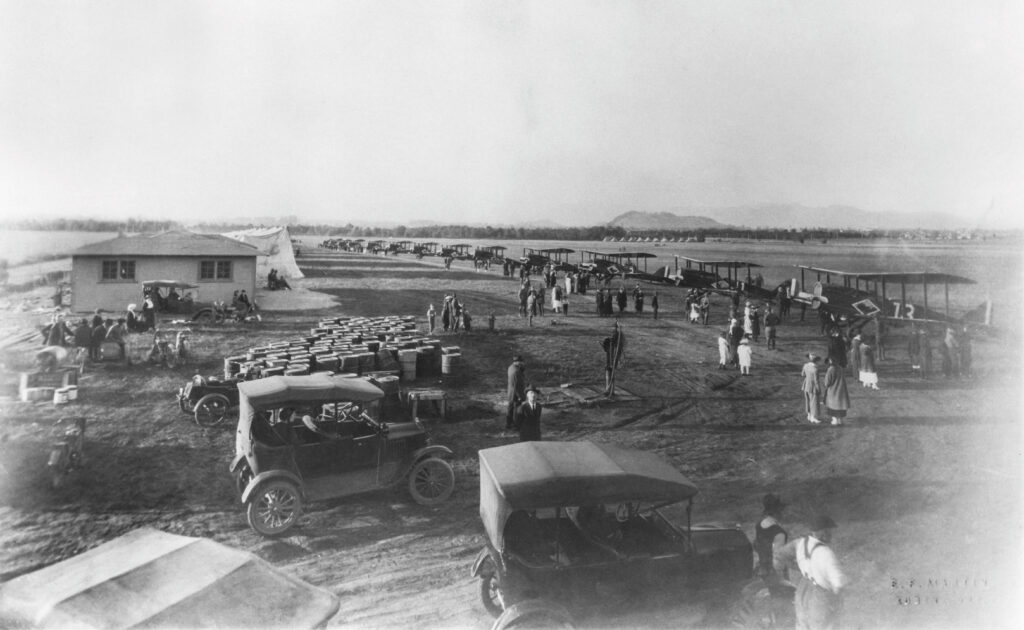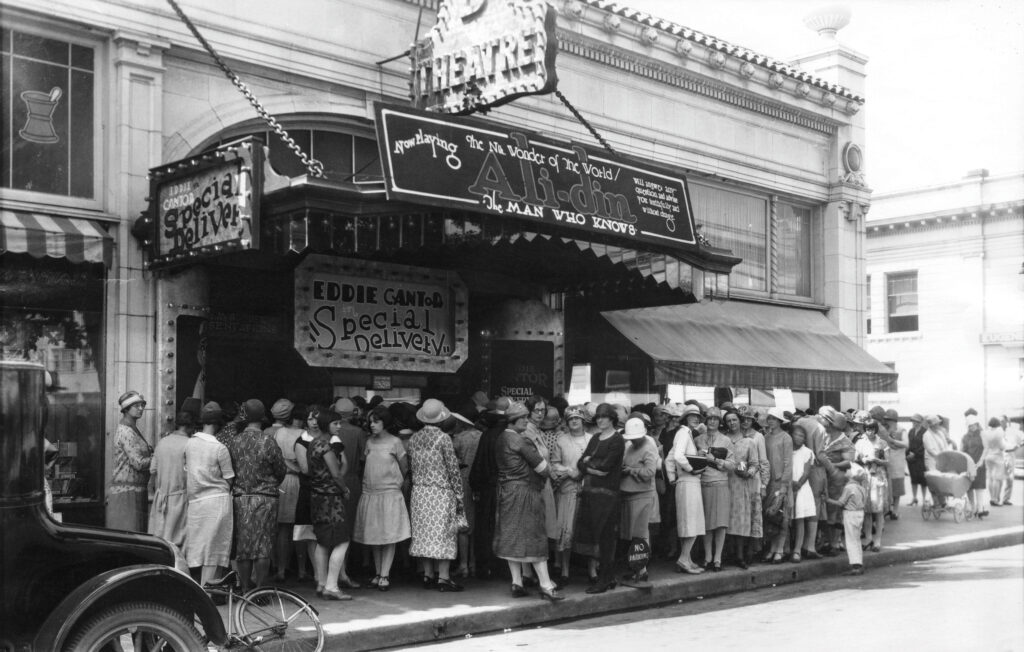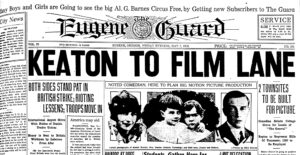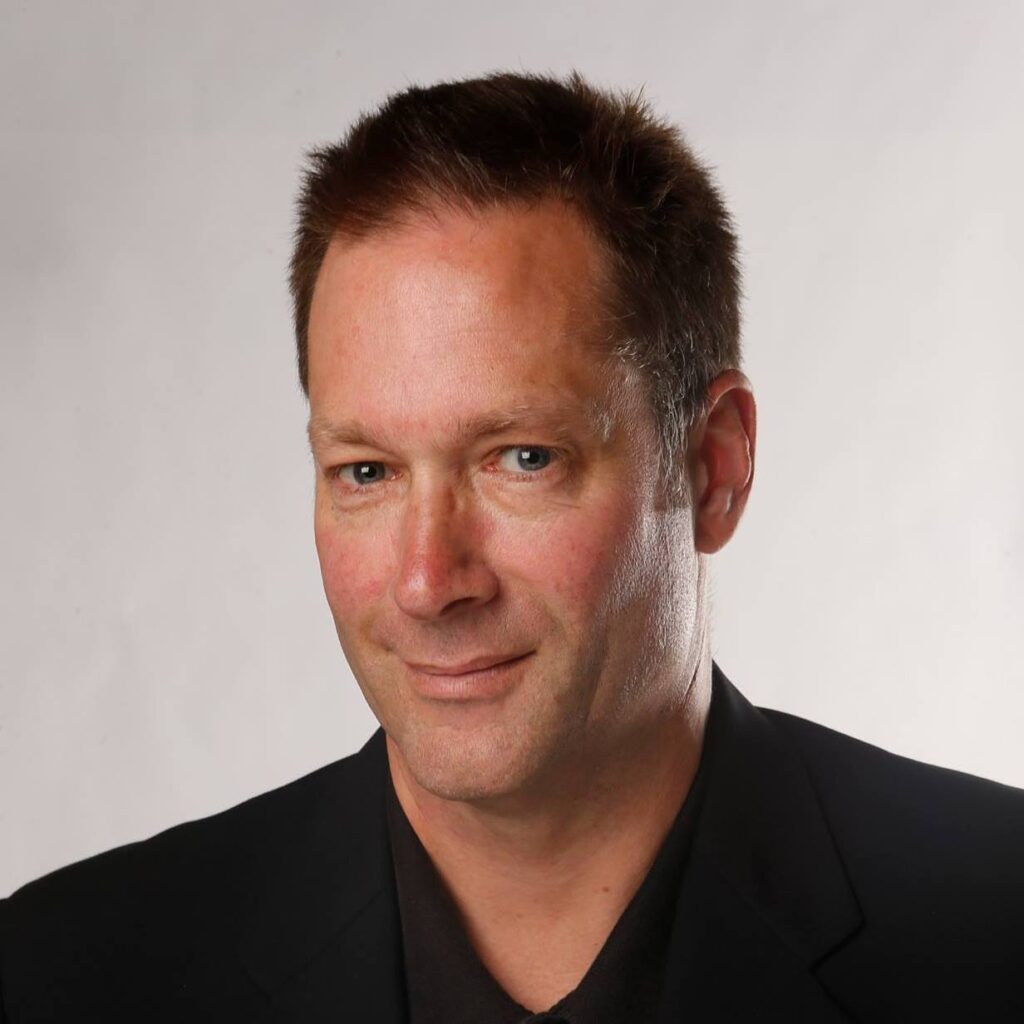Airport built, booze ruled out, and Klan arrives

1917-1927
By Mark Baker
For The Register-Guard
What a decade this was, as Eugene and Lane County headed into the “Roaring Twenties.”
Eugene’s population finally surpassed 10,000, although as Oregon’s fourth-largest city, it still trailed the 14,000-plus living in Astoria; the Spanish flu hit Lane County; the original Eugene Airport was built at 18th Avenue and Chambers Street; the University of Oregon’s Hayward Field and McArthur Court were built; Prohibition made Eugene-Springfield, Lane County and the rest of Oregon and the United States “bone-dry”; the McDonald Theatre opened in downtown Eugene; and the Guard not only changed owners again, it had a new Willamette Street office – across from the McDonald.

Oh, and the Ku Klux Klan arrived in Eugene, even burning wooden crosses on Skinner Butte.
“As mysteriously as it is quiet, the organization is being formed, fathering recruits from among the best people of the city, it is understood,” read a piece in the July 16, 1921, Guard. “There is no definite information as to how this is being done, but The Guard has reason to believe that if the Klan has not already been formed it is in the process of formation and will have several hundred members within a week.”
The KKK was here, all right. In 1922, the Guard and the Morning Register both let the Klan publish a long piece – it was reprinted several times, including on Oct. 31, of all days, presumably as a paid advertisement – on why it was a good and just organization.
“It is the greatest organization in the world,” wrote Chester Noland, secretary of Eugene Klan No. 3. “The Ku Klux Klan is not anti-Negro, anti-Jew, anti-Japanese, or anti-Catholic. It believes in justice to all, including the White Man.”
Guard publisher Charles Fisher’s greatest accomplishment, according to Warren Price’s book, was his editorial crusade against the local Klan, many of whose members were prominent Lane County citizens, according to a 2016 Register-Guard story.
In covering the controversy over possibly renaming Deady and Dunn halls at the University of Oregon last year, The Register-Guard cited a UO report compiled by three historians that said Frederick Dunn, the 1920s UO classics professor for whom Dunn Hall was named, was a member of Eugene Klan No. 3, as were “business owners, chamber of commerce officers, attorneys, a dentist, a surgeon, two city officials, one county commissioner, the Eugene Guard newspaper publisher and the UO football coach.”
Could Fisher have joined the Klan to keep an eye on them? He was the Guard’s publisher until selling to Paul Kelty, a longtime Oregonian editor, in 1924.
The Klan fizzled out in Eugene about 1925, the UO report said.
When incumbent Gov. Ben Alcott, running in the spring of 1922 for the Republican nomination against Klan-backed state Sen. Charles Hall, of Coos Bay, publically attacked the Klan, the Guard gave banner headlines to the story, while the Register downplayed it a bit.
Alcott barely won the nomination over Hall. Before it was certain, however, the Register wrote an editorial explaining “How it happened” that Alcott had lost, that by opposing the politically powerful Klan he “took a spade … dug a hole and buried himself in it.”
Fisher then wrote an editorial with a stroke of sarcasm explaining his own version of “How it happened” that the Register wrote such a piece, and re-running its editorial in full:
“Every hide-bound partisan paper puts its foot in it occasionally by giving expressions to its real convictions at the wrong time … This is a splendid example of fearless journalism. An editorial on how it happened the (Register) editor spoke up too soon would be more edifying.”
After six decades of bouncing around downtown Eugene, the Eugene Daily Guard, now with a circulation of just more than 5,000 subscribers, bought a new building at 1037-41 Willamette St. in March 1924.
But just a week after the move, on April 5, Fisher died at age 58 from complications during an appendectomy, according to Price. And three months later, his partner Joseph Shelton and his estate sold the Guard to Paul Kelty and his son, Eugene Kelty.

Paul Kelty had been the longtime news editor at The Oregonian in Portland, and his son was a 1922 UO School of Journalism graduate. The senior Kelty became editor and his son the paper’s business manager. They changed the newspaper’s name to, simply, the Eugene Guard.
“The Eugene Daily Guard is one of the most valuable present and potential newspaper properties in the Pacific Northwest,” the Keltys said in purchasing the paper.
They stressed independence, a positive outlook and nonpartisanship in politics, Price wrote.
Paul Kelty was the nephew of Harvey Scott, longtime editor at The Oregonian in the latter part of the 19th century. Kelty worked for the Portland Telegram, owned by The Oregonian, from 1896 to 1905, then went to Los Angeles to work for William Randolph Hearst’s L.A. Examiner, covering the San Francisco earthquake in 1906, before returning to Portland to work for The Oregonian in 1908.
Paul Kelty was “never a good fit in Eugene,” and after less than three years running the Guard decided to put the paper up for sale, Price wrote.
In early 1927, the opportunity that a young man from Cleveland named Alton Baker had been searching for presented itself in the form of a 6,000-circulation, 34-employee, Monday-through-Saturday afternoon newspaper. It would grow more than eightfold during his lifetime, in a place that he and his family would call home for decades to come.
Mark Baker, who researched and wrote the stories for this special section, is a former Register-Guard reporter and a member of the third generation of the Baker family.

Mark Baker has been a journalist for the past 25 years. He’s currently the sports editor at The Jackson Hole News & Guide in Jackson, Wyo.
